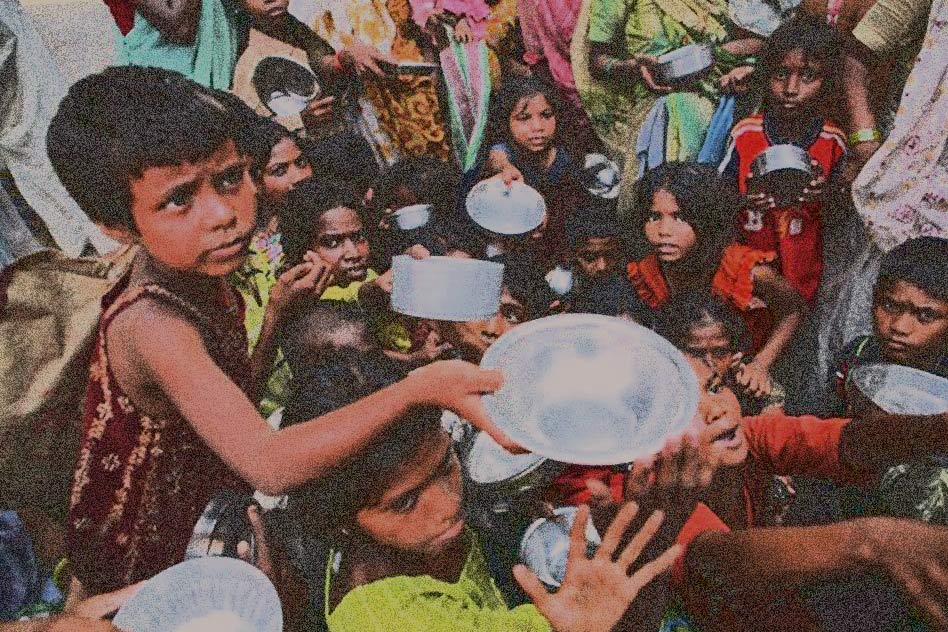
Survey Reveals, In Rural India, People Have Less To Eat Than They Had 40 Years Ago
27 Aug 2016 1:01 PM GMT
A famous statistician once said, “Without data you are just another person with an opinion”. Currently, we know that 70 years after gaining independence, India is progressing at a consistent pace. This makes us believe that the country must be improving on most of the basic parameters like poverty, hunger, education and income. But the findings of a recent survey have indicated something different. IndiaSpend website reports that according to data collected by the National Nutrition Monitoring Bureau (NNMB) in 2012, people in rural areas are consuming fewer nutrients than they were consuming 40 years back.
Findings of the survey:
The NNMB conducted their first survey in 1975-79. Compared to that period, a rural Indian now consumes 550 fewer calories and 13 gm protein, 5 mg iron, 250 mg calcium and about 500 mg vitamin A lesser. Further, children below the age of three are consuming, on an average, 80 ml of milk per day instead of the 300 ml they require. As a result, 35% of rural men and women surveyed were found to be undernourished, and 42% of children were underweight.
The survey was done in 2012 in 10 states of India: Kerala, Tamil Nadu, Karnataka, Andhra Pradesh, Maharashtra, Gujarat, Madhya Pradesh, Orissa, West Bengal and Uttar Pradesh. A total of 86,898 individuals were covered from 1200 villages. It was the fourth survey carried out by the government organisation since the first one in 1975-79.
Reasons for the downslide:
The NNMB survey revealed that, over 40 years, the proportion of landless people in rural areas grew from 30% to 40%, and the proportion of people who were owners and cultivators decreased by almost half. Furthermore, food inflation in India increased at a faster rate than overall inflation (10% versus 6.7%). As a result, more and more rural Indians were not growing food for themselves but were forced to buy vegetables at higher prices.
Possible implications:
An unhealthy and undernourished population is definitely not a good sign for a promising economy. A World Bank report notes, “there is an appreciable impact of undernutrition on productivity so that a failure to invest in combating nutrition reduces potential economic growth.” As the nation attracts foreign companies to set up factories and offices here, it needs a productive workforce. With as much as 70% people living in rural areas, the nutrient-deprived population will impede the success of initiatives like Make in India and Skill India.
What can be done:
The good news is that malnutrition levels have been declining over the years. Although in absolute terms, they are still among the highest in the world as per IndiaSpend, yet there seems to be some progress in this area. The nutritional value of the food consumed, however, is degrading as found in the NNMB survey. Hence, there is a need to enable balanced diets that can provide sufficient nutrients to people. Unfortunately, the NNMB was discontinued by the Central government in 2015. Going forward, a mechanism to monitor the nutrition levels among people has to be developed; otherwise, we wouldn’t ever come to know how the health schemes are faring and how equitably the fruits of development are being reaped.
The Logical Indian urges the government to address the gripping issue of declining nutrition levels in rural areas. We also request it to constitute a replacement for NNMB so that it can come to know about the ground reality and take appropriate measures in future.
Pavitra Mohan, IndiaSpend.com This article was originally published on IndiaSpend, a data-driven and public-interest journalism non-profit.
 All section
All section













